Mastering the Art of Canine Obedience: A Step-by-Step Guide on How to Train a Dog
A Step-by-Step Guide on How to Train a Dog
The importance of dog training
Dog training is not just about teaching your furry friend a few tricks; it is a crucial aspect of their overall well-being. Training provides mental stimulation, helps build a strong bond between you and your dog, and ensures their safety in various situations. Additionally, a well-trained dog is a joy to be around and is more likely to be welcomed in public spaces and social gatherings. Investing time and effort into training your dog will yield long-lasting benefits for both of you.
Understanding canine behavior
Before embarking on the journey of training your dog, it is essential to have a good understanding of canine behavior.
Dogs are social animals with their own unique instincts and communication methods. They rely on body language, vocalizations, and scent to convey their feelings and intentions. By learning how dogs communicate and interpret their environment, you can better understand their needs and motivations. This understanding forms the foundation for effective training techniques that cater to your dog's natural instincts.
Basic obedience commands
The first step in training your dog is teaching them basic obedience commands. These commands form the building blocks for more advanced training and help establish a line of communication between you and your furry companion. The essential commands include "sit," "stay," "down," "come," and "leave it." Start by teaching one command at a time, using positive reinforcement techniques such as treats and praise. Consistency and repetition are key to reinforcing these commands until they become second nature to your dog.
Positive reinforcement training techniques
Positive reinforcement is widely regarded as the most effective and humane method of training dogs. This technique involves rewarding your dog for desired behaviors, rather than punishing them for unwanted behaviors. When your dog performs a command correctly or exhibits good behavior, reward them with treats, praise, or playtime. Positive reinforcement creates a positive association with training and motivates your dog to repeat the desired behaviors.
Remember to be patient and consistent, as dogs learn best through positive experiences and repetition.
Dealing with aggression in dogs
Aggression in dogs can be a challenging issue to address, but with the right approach, it can be managed and modified. Understanding the root causes of aggression, such as fear, territoriality, or resource guarding, is crucial in developing a training plan. Seek the guidance of a professional dog trainer or behaviorist to assess the severity of the aggression and to create a tailored behavior modification program. This may involve desensitization and counterconditioning techniques, teaching alternative behaviors, and implementing management strategies to avoid triggers. It is important to prioritize safety and never attempt to handle aggression in dogs without professional assistance.
Training a dangerous dog
Dealing with a dangerous dog requires utmost caution and should only be undertaken by experienced professionals. In cases where a dog poses a serious threat to people or other animals, it is essential to prioritize safety and seek professional help immediately. Dangerous dog training typically involves specialized techniques, extensive behavior modification programs, and strict management protocols. Your local animal control or a professional dog trainer with experience in handling dangerous dogs can provide guidance and support in these challenging situations.
Tips for successful dog training
Start training early:
Puppies are like sponges, eager to learn and explore. Start training as early as possible to establish good habits and prevent
behavior problems.
Be consistent:
Dogs thrive on routine and consistency. Use the same commands, reward system, and training techniques throughout the training process. Keep training sessions short and frequent: Dogs have shorter attention spans, so keep training sessions to around 10-15 minutes and conduct them multiple times a day.
Use high-value rewards:
Find out what motivates your dog the most, whether it's treats, toys, or praise, and use those as rewards during training.
Stay positive:
Dogs respond best to positive reinforcement. Avoid punishment-based training methods and focus on rewarding good behavior.
Resources for dog training - books, videos, and online courses
There are numerous resources available to assist you in your dog training journey. Books such as "The Art of Raising a Puppy" by the Monks of New Skete and "Don't Shoot the Dog!" by Karen Pryor provide valuable insights and training techniques. Online platforms like YouTube offer a wealth of dog training videos from reputable trainers and behaviorists. Additionally, many professional dog trainers offer online courses that cater to specific training needs. Research and explore these resources to find the ones that best suit your training goals and learning style.
Hiring a professional dog trainer
Sometimes, hiring a professional dog trainer is the best option to ensure effective and efficient training. A professional trainer brings expertise, experience, and a fresh perspective to the training process. They can assess your dog's behavior, tailor a training plan to their specific needs, and guide you through the training journey. When choosing a trainer, look for certifications, reviews, and their training methods to ensure they align with your training philosophy.
Consultation sessions and interviews with potential trainers can help you make an informed decision.
Conclusion
Training a dog is a rewarding and fulfilling experience that requires patience, consistency, and a deep understanding of canine behavior. By investing time and effort into training your dog, you can strengthen your bond, improve their behavior, and ensure their safety in various situations. Remember to use positive reinforcement techniques, seek professional help when needed, and explore the vast resources available for dog training. With dedication and a step-by step approach, you can master the art of canine obedience and enjoy a harmonious relationship with your furry friend.
Hi dog lover, No matter what your dog’s problem behavior is… Be it jumping, peeing inappropriately, aggression, pulling on the leash…or whatever… There is ONE SOLUTION that can help STOP this problem now!
Access Now For Dog Training[https://tinyurl.com/yc8yym33]
“This content has been independently produced in adherence to a strict honesty policy, but note that it contains affiliate links. When you buy via these, we may receive a commission.”
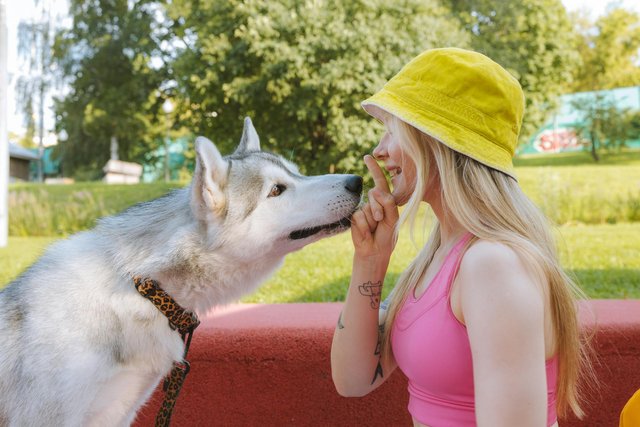
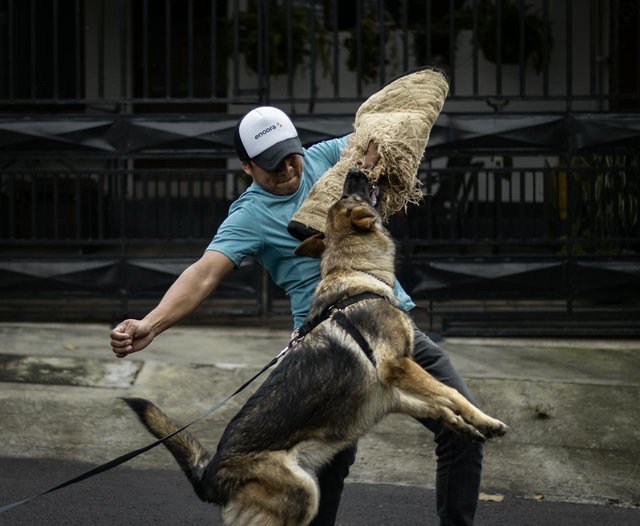
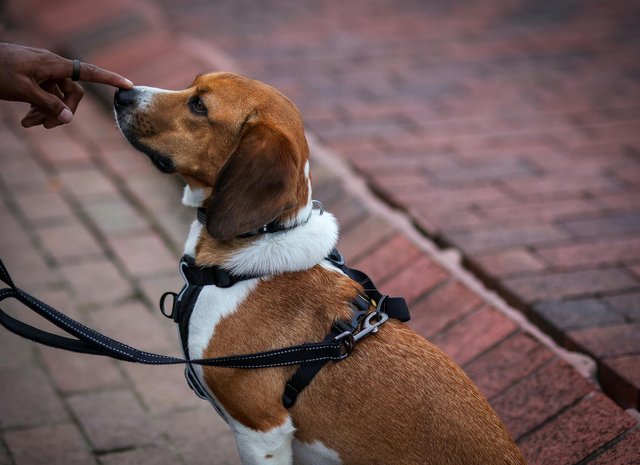
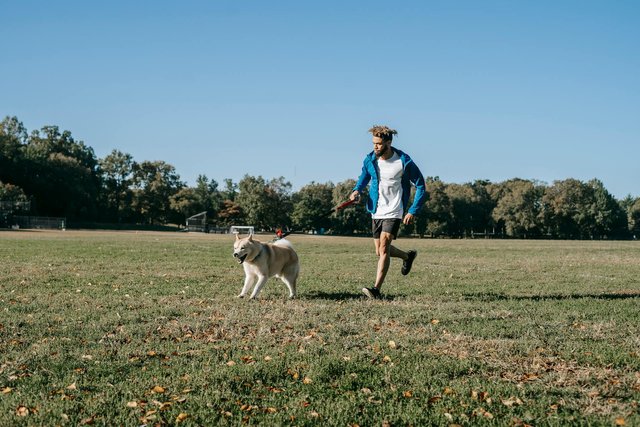
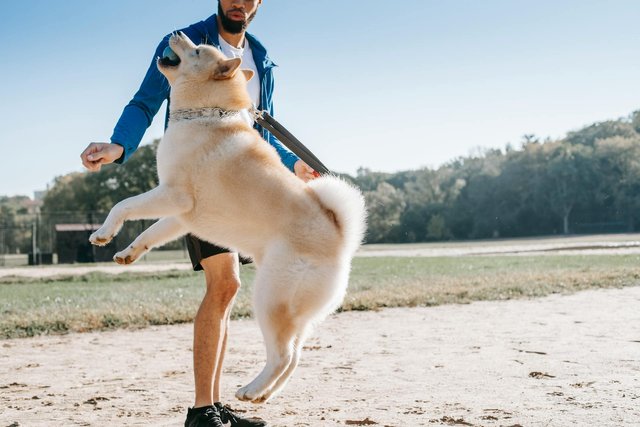
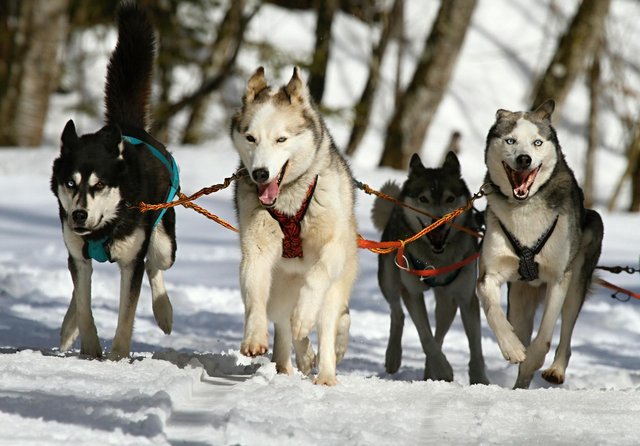
Hey there! Just stumbled upon your quest for doggy enlightenment. Been there, done that with my rascal, Rocky. We were at our wits' end, especially after he decided that every shoe in the house was his new chew toy. But then, we discovered this life-changing guide on mastering canine obedience - it was a game-changer. It’s not just about sit & stay; it’s about bonding and understanding each other on a whole new level. And if you're looking for some hands-on help, I found this gem during my own journey: ATX K9 dog training . They take the whole 'teach a dog new tricks' to the next level. Rocky came back knowing stuff I didn’t even know was possible! It’s worth checking out if you’re keen on a well-behaved pup that still keeps its spark. Best of luck on your training adventure!